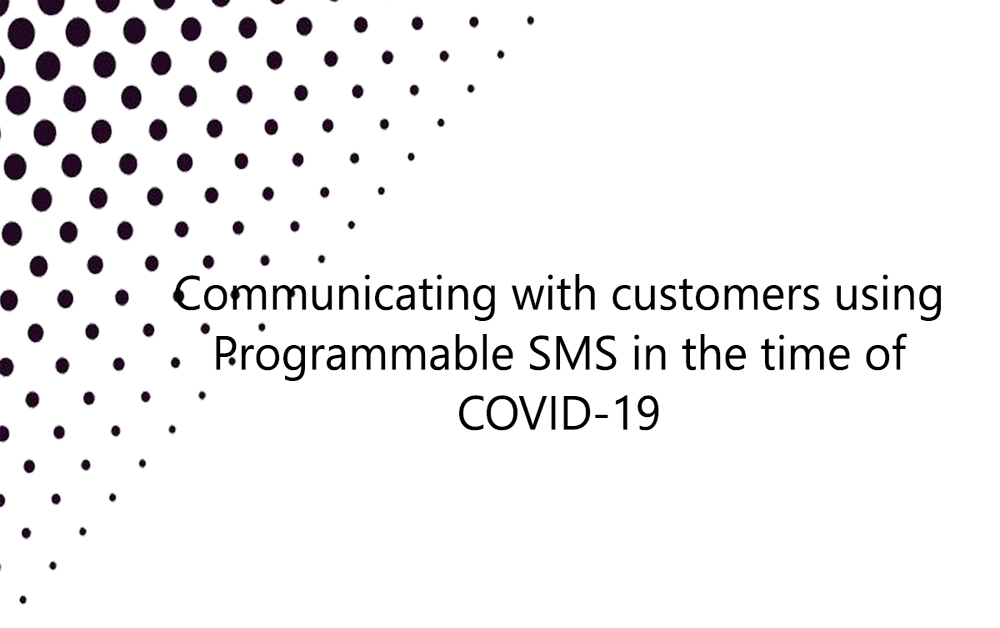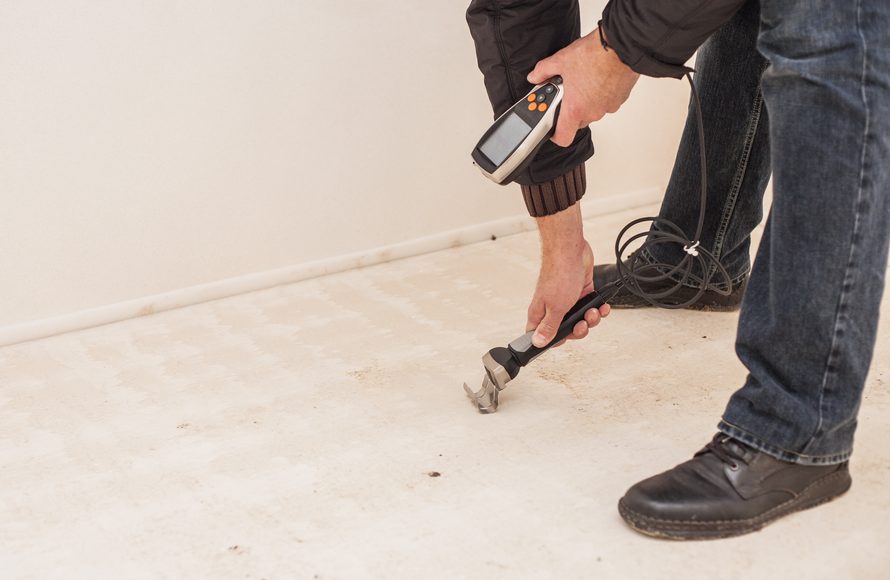Consumers are still adjusting to lockdowns, working from home, homeschooling, and everyday tasks like buying groceries, running errands and other activities. The same ways, companies are also facing a myriad of unknowns. The business has changed, but one thing the is certain is that customer engagement is just essential as it was before the pandemic.
The question is how to engage with customers, staff and stakeholders in this time of crises. Many consumers of different genders, age groups, regions and professions have shared their experiences and preferences to help business engage them accordingly. The most important lesson to learn at this time is that consumers value critical updates and expect leadership from companies.
The following is a list of communication type and percentage of respondents that rank them as valuable;
1. Critical updates from companies
53% of respondents want to know if companies are closing or offering alternative ways to continue to engage with them.
2. Inspiration and health guides
Offering health guides as provided by the world health organization shows that your business is connected to trending events and cares for the well-being of customers. 37% of consumers respond well to these kinds of messages.
3. Information about opportunities and charitable actions
As part of giving back to the community, many companies are taking part in charitable actions and providing opportunities to support each other. 32% of respondents appreciated companies that are community-minded.
4. Well wishes and support
Many companies are sending general messages acknowledging the impact of COVID-19, offering support to their customers. 27% of respondents appreciated this stating, that it’s nice that companies care about their customers.
5. Conventional promotions and communications
Apart from messages related to pandemic and support, many companies are aiming to maintain a certain level of normalcy. 26% per cent of respondents appreciated the fact that the business is still doing its level best to provide their services in this difficult time.
Choosing the right channel to communicate
Data shows that consumers expect to hear from you at this time. The question is, how do you reach them or what channel is suited best for this situation? What you need to understand is you can expect radio silence or emails and calls storming in every minute. So, what can you do to automate your communication and at the same time speed it up a notch?
The answer is Programmable SMS. We are no stranger to the texting. In fact, it is the go-to communication channel for real-time communication especially with the load on the internet. Programmable SMS involves integrating your website or software application with a mass texting service, transforming it into a central communication unit. Using this, you can send out real-time notifications, alerts, reminders and promotions as well.
Obviously, companies have more digital communication channels at their disposal such as calls, emails and social media. Businesses are aware that most emails go ignored or end up in junk or spam, which is why they prefer texting for urgent communication. Emails are better for communications that are not time-dependent and can be archived for the future. Social media, on the other hand, is consumer-oriented so it’s more about pulling information from your audience than providing it.
With different digital channels for communication, businesses have to choose wisely. Knowing the channels your consumers prefer will matter in your aim to communicate effectively. A great example of this is appointment-based businesses, Doctors usually alert patients regarding updates, cancellations or reminders. Sending this information directly via programmable SMS to the patient’s phone will see a 99 per cent open rate.
Change is inevitable
Rest assured, your audience wants to stay engaged with your business. However, it is imperative companies revise their communication strategies, at least temporarily. In a study, consumers were asked if they were annoyed by the communications they received amidst COVID-19 and 74% of respondents said rarely, never or occasionally. The key is to keep the engagement as relevant as possible with different consumer segments to reflect their communication preferences.



















No Comments